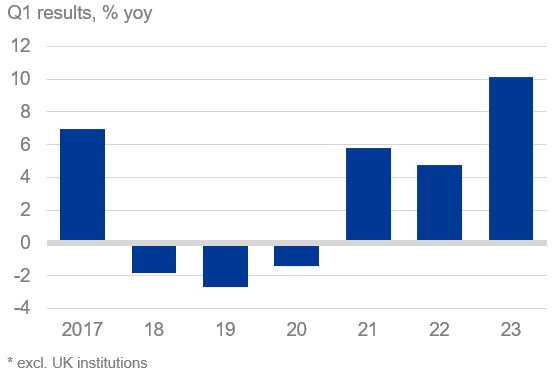Jan Schildbach is Director and Head of the Banking, Financial Markets and Regulation team at Deutsche Bank Research in Frankfurt. He joined Deutsche Bank in 2007 as Senior Economist, covering European banking systems and structures, before becoming Head of Banking, Financial Markets and Regulation in 2014.


